In the vast prehistoric skies of the Late Cretaceous period, approximately 68 to 66 million years ago, soared one of the most remarkable creatures ever to take flight. Quetzalcoatlus, named after the feathered serpent deity in Aztec mythology, represents the pinnacle of pterosaur evolution and stands as potentially the largest flying animal ever to have existed. This extraordinary creature, with its massive wingspan and distinctive anatomy, patrolled the ancient landscapes of North America, leaving paleontologists and aviation experts alike in awe of its aerial capabilities. The discovery of this magnificent animal has revolutionized our understanding of the physical limits of flight and continues to inspire scientific inquiry into how such a massive creature conquered the skies of the prehistoric world.
The Discovery That Changed Paleontology

The first remains of Quetzalcoatlus were unearthed in 1971 by Douglas A. Lawson, a graduate student at the University of Texas at Austin. This groundbreaking discovery occurred in Big Bend National Park in Texas, within the Javelina Formation dating to the late Cretaceous period. Initially, only a partial wing was found, but this fragment alone was enough to indicate something extraordinary – the fossil belonged to a flying creature of unprecedented size. When Lawson published his findings in 1975, the scientific community was stunned by the implications of his discovery. The initial estimated wingspan of up to 15-16 meters (49-52 feet) was later revised to a more conservative but still impressive 10-11 meters (33-36 feet), making it clear that this creature dwarfed all other known flying animals. This discovery immediately challenged existing theories about the upper size limits for flying organisms and sparked decades of research into the biomechanics of pterosaur flight.
Anatomical Marvels of a Sky Giant

Quetzalcoatlus possessed a suite of anatomical features that enabled its massive body to take flight. Its wingspan, reaching up to 10-11 meters, was supported by an extraordinarily elongated fourth finger that formed the main structural element of each wing. Unlike bird wings composed of feathers, Quetzalcoatlus had wings formed by a leathery membrane called a patagium, which stretched from the elongated fingers to the body and legs. Its hollow bones, like those of modern birds, were remarkably lightweight yet strong, with internal strut-like supports that provided structural integrity without unnecessary weight. The creature’s neck was disproportionately long, possibly measuring around 3 meters (10 feet), and was topped by a massive, toothless beak that could reach lengths of up to 2-3 meters (6.5-10 feet). Perhaps most striking was its height when standing on the ground – at approximately 5.5 meters (18 feet) tall, Quetzalcoatlus would have towered over most dinosaurs of its time, roughly the height of a modern giraffe.
Size Comparison: Dwarfing Modern Flyers
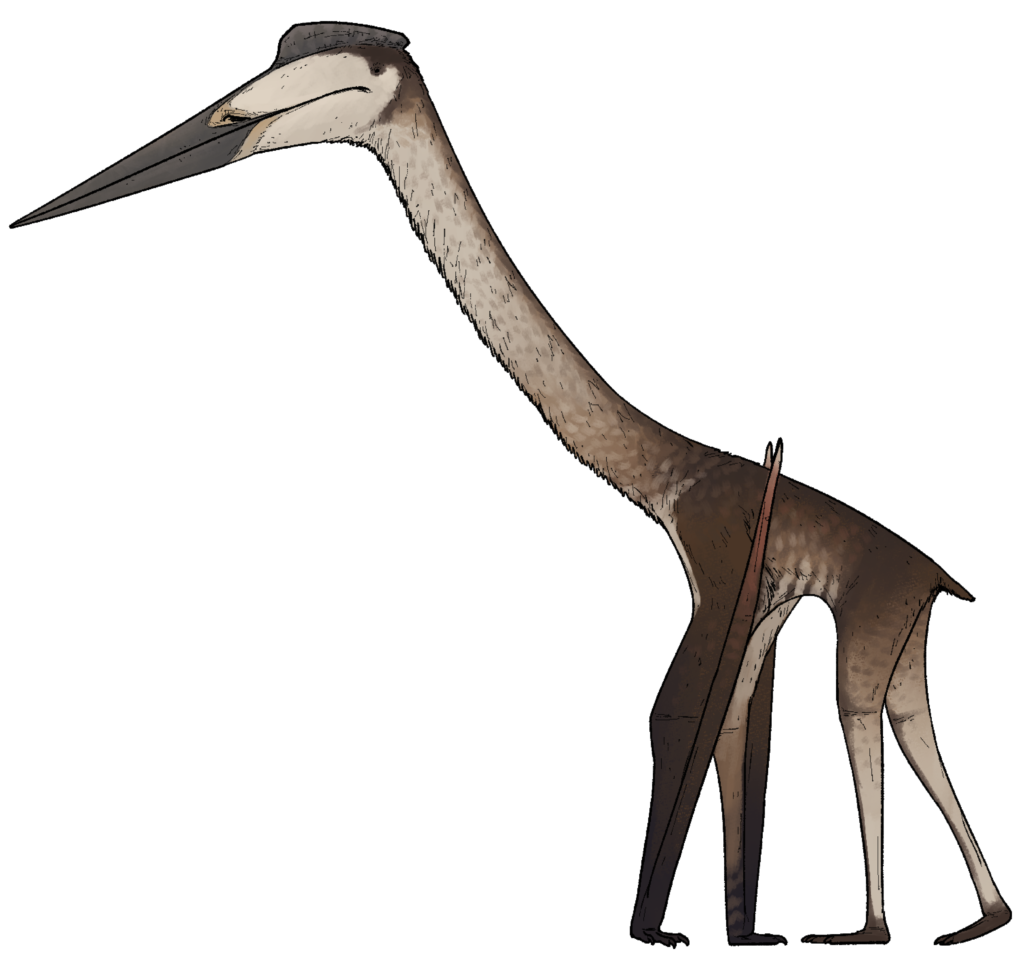
To truly appreciate the scale of Quetzalcoatlus, comparisons with modern flying animals are illuminating. The largest flying bird today, the wandering albatross, has a wingspan of just 3.5 meters (11.5 feet) – less than a third of Quetzalcoatlus’s impressive span. Even the extinct Argentavis magnificens, once considered the largest flying bird ever, had a wingspan of only 7 meters (23 feet), still considerably smaller than our pterosaur giant. Modern condors and eagles, often considered massive birds, would appear diminutive next to this prehistoric flyer. The weight difference is equally dramatic – while estimates vary, Quetzalcoatlus likely weighed between 200-250 kilograms (440-550 pounds), compared to the wandering albatross’s mere 12 kilograms (26 pounds). In human terms, Quetzalcoatlus standing on the ground would have been able to look through a second-story window, with its head reaching heights of 5.5 meters (18 feet) – taller than even the largest terrestrial predators of its time.
The Biomechanical Puzzle of Flight
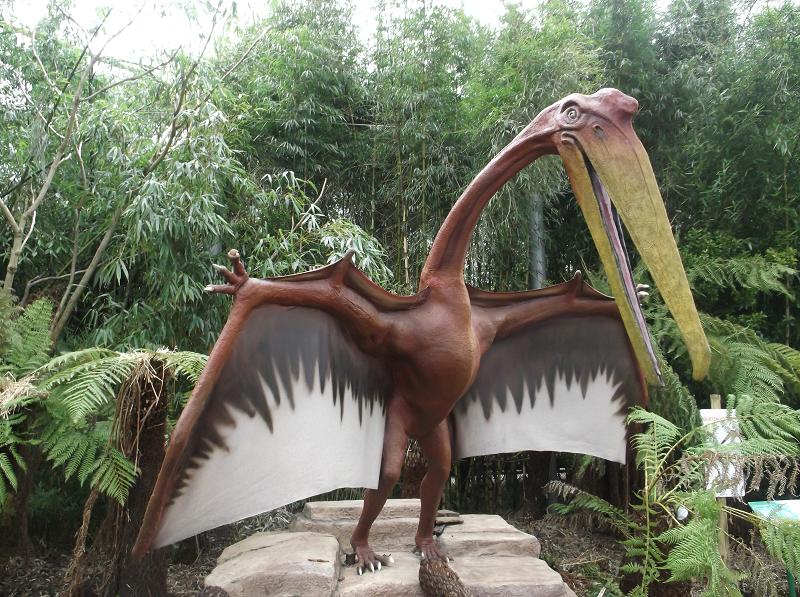
How such a massive creature achieved powered flight has been one of paleontology’s most fascinating puzzles. Initial skepticism about Quetzalcoatlus’s flying abilities has gradually given way to sophisticated biomechanical models supporting its capacity for flight. Computer simulations and comparative studies with modern birds suggest that Quetzalcoatlus likely used a quadrupedal launch technique, pushing off with its powerful forelimbs to generate the initial thrust needed for takeoff. Once airborne, it probably relied heavily on soaring using thermal updrafts, much like modern large birds such as condors and albatrosses, conserving energy while covering vast distances. Its enormous wings created sufficient lift while its lightweight skeletal structure kept its mass manageable. Recent studies suggest it may have had a flight speed of around 80-100 km/h (50-62 mph) when actively flying, making it not only massive but also relatively swift for its size. The creature’s wing loading (the ratio of weight to wing area) appears to have been within workable limits for active flight, though it would have been near the theoretical upper boundaries for a flying animal.
Habitat and Global Distribution
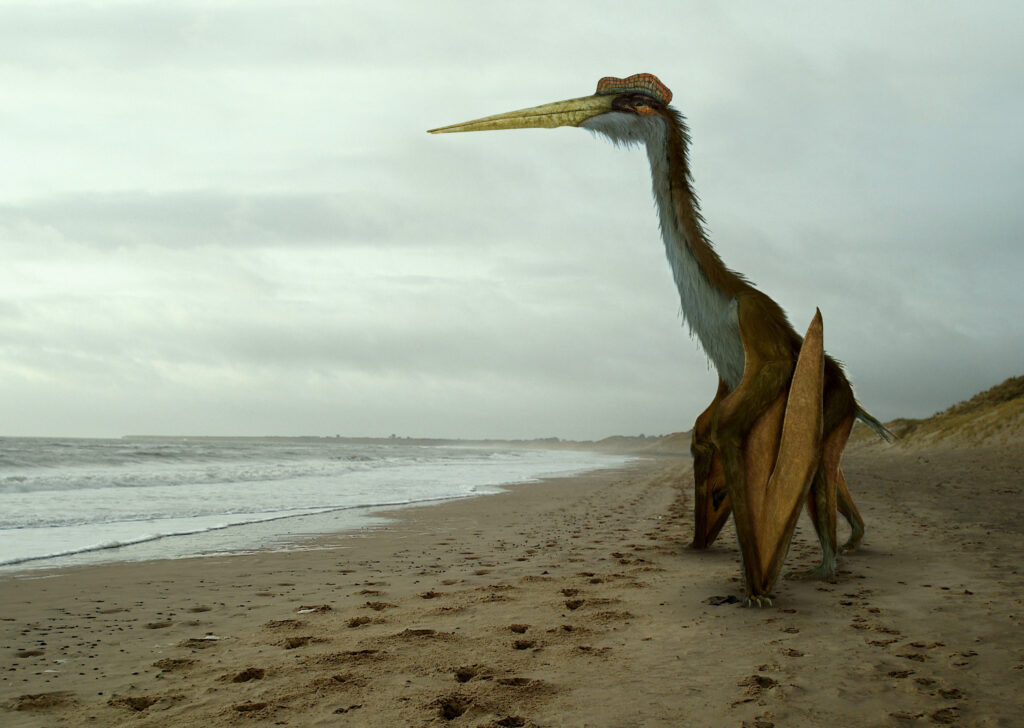
Quetzalcoatlus inhabited the late Cretaceous landscape of what is now North America, with the most significant remains discovered in Texas. The environment it called home was quite different from today’s Texas, featuring lush coastal plains with rivers and deltas flowing into the Western Interior Seaway that divided North America at that time. While Quetzalcoatlus fossils are primarily known from North America, related azhdarchid pterosaurs have been found worldwide, suggesting that similar giant flyers may have dominated the skies globally during the late Cretaceous. The creature likely preferred inland habitats rather than purely coastal environments, as evidenced by fossil discoveries and anatomical features that suggest terrestrial feeding strategies. The varied terrain of its habitat would have provided both the open spaces needed for takeoff and landing as well as the thermal updrafts essential for efficient soaring. This habitat preference distinguishes Quetzalcoatlus from many other pterosaurs that were more closely associated with marine environments, highlighting its specialized ecological niche.
Hunting and Feeding Strategies

The feeding behavior of Quetzalcoatlus has been the subject of considerable scientific debate. Early interpretations suggested it might have been a scavenger or fish-eater, skimming water surfaces like modern skimmers. However, current evidence points to Quetzalcoatlus being a terrestrial stalker, using its long neck and beak to probe for and capture prey on land, similar to modern storks or herons. The creature’s neck anatomy suggests it could rapidly strike downward to capture small vertebrates, including baby dinosaurs, lizards, and small mammals that inhabited the Cretaceous landscape. Its toothless beak, while unable to chew, would have been perfect for grasping prey before swallowing it whole. Trace fossils and biomechanical studies indicate that Quetzalcoatlus was capable of walking efficiently on all fours, using its folded wings as front limbs, allowing it to stalk through prehistoric landscapes searching for prey. This terrestrial feeding strategy would have given Quetzalcoatlus access to food resources not utilized by many other contemporary flying animals, potentially explaining how it could sustain its large body size.
Life Cycle and Reproduction

The reproductive biology of Quetzalcoatlus, like many aspects of pterosaur life history, remains somewhat speculative due to limited fossil evidence. However, studies of other pterosaurs provide clues to its likely life cycle. Pterosaurs laid eggs, and fossilized pterosaur eggs discovered in China and Argentina suggest they had parchment-like shells rather than hard shells like those of birds. Quetzalcoatlus likely laid relatively small eggs compared to its body size, a necessity given the weight constraints of flight. After hatching, young Quetzalcoatlus individuals were probably precocial, capable of movement shortly after birth, though they likely could not fly immediately. Growth rate studies of pterosaur bones indicate rapid growth to adult size, possibly reaching full size within a decade or less. Unlike modern birds, which generally reach adult size before sexual maturity, pterosaurs likely continued growing after reaching reproductive age, with full size potentially correlating with complete sexual maturity. The challenges of reproduction for such a large flying animal would have been considerable, possibly limiting clutch sizes and requiring significant parental investment.
Social Behavior: Solitary Giant or Flock Flyer?
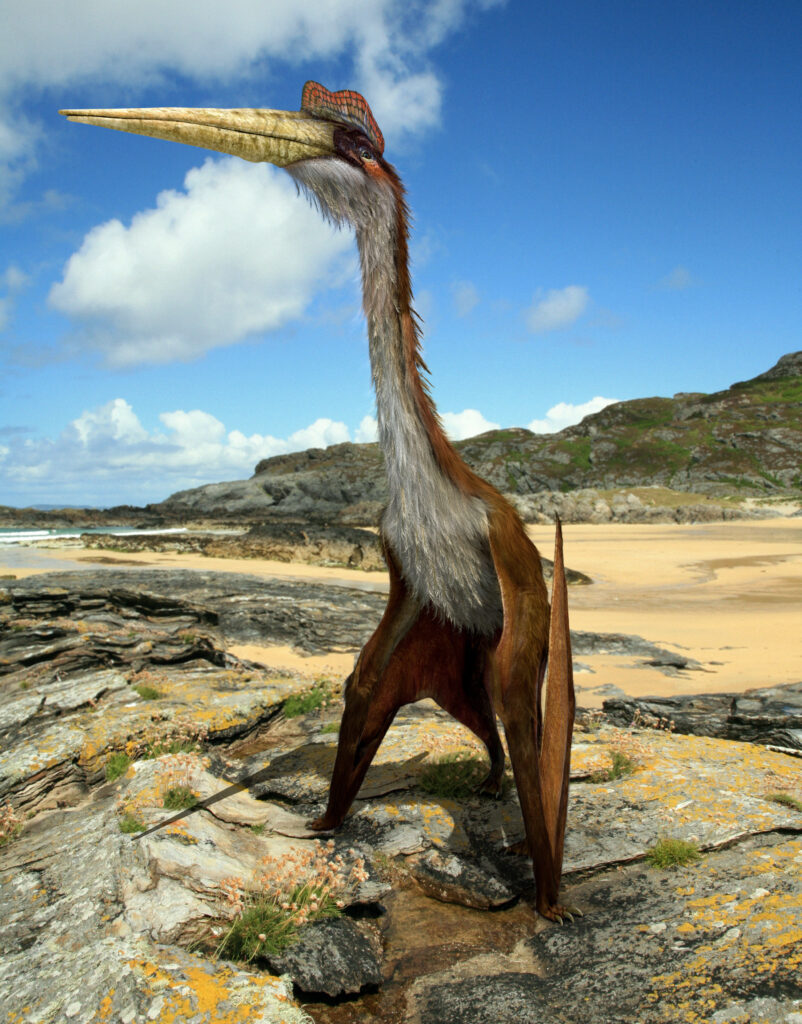
The social structure of Quetzalcoatlus remains one of the most speculative aspects of its biology. Limited fossil evidence makes it difficult to determine whether these creatures were solitary hunters or if they gathered in groups like some modern large birds. Some fossil sites have yielded remains of multiple individuals, which could suggest some degree of social behavior, though these accumulations might also result from environmental factors rather than social grouping. If Quetzalcoatlus did form flocks, they might have benefited from communal roosting or collective soaring in thermals, similar to modern vultures. The energy advantages of formation flying, well-documented in modern birds, would have been even more beneficial for such massive flyers. Territorial behavior was likely present during breeding seasons, with males possibly competing for mates through aerial displays or ground-based posturing. Given the tremendous energy requirements of flight for such large animals, any social behaviors would likely have evolved to maximize energy efficiency while minimizing competition for limited food resources in their ecosystem.
Evolutionary Success and Adaptations

Quetzalcoatlus represents the pinnacle of pterosaur evolution, displaying remarkable adaptations that allowed it to thrive as a super-sized flying animal. Its lineage, the azhdarchid pterosaurs, had been evolving for millions of years, gradually increasing in size and specializing in terrestrial hunting niches. The hollow bone structure essential to all pterosaurs reached its most efficient form in Quetzalcoatlus, with internal strut systems providing maximum strength at minimum weight. Its brain and sensory organs were well-developed, with large eye sockets suggesting keen vision crucial for hunting and navigation. The creature’s wings showed remarkable evolutionary refinement, with structural fibers in the wing membranes providing strength and preventing tearing during flight. Perhaps most impressive was its respiratory system, which likely resembled the highly efficient air-sac system of modern birds, allowing for the high oxygen intake necessary to power flight muscles and support its active lifestyle. These evolutionary adaptations collectively allowed Quetzalcoatlus to occupy a specialized ecological niche that no other animal could exploit, explaining its success during the final stages of the Cretaceous period.
The Extinction Event: End of the Aerial Giants
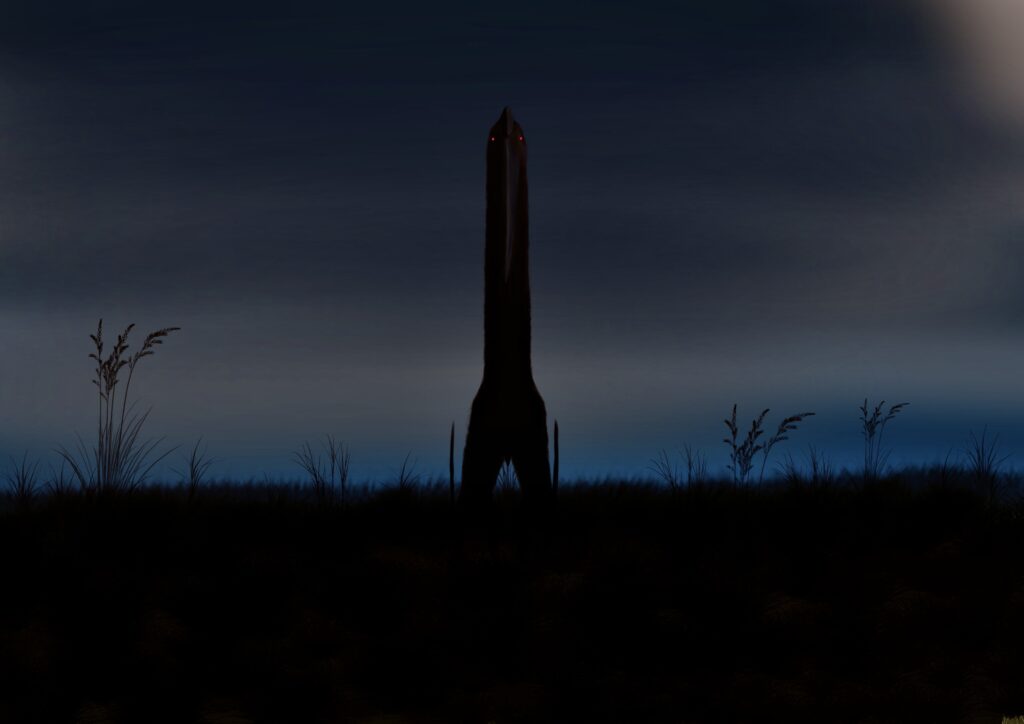
Quetzalcoatlus perished along with the non-avian dinosaurs and many other species in the catastrophic mass extinction event at the end of the Cretaceous period, approximately 66 million years ago. This extinction, triggered by an asteroid impact in what is now the Yucatán Peninsula of Mexico, fundamentally altered Earth’s ecosystems through immediate devastation and subsequent climate change. For aerial giants like Quetzalcoatlus, the effects would have been particularly severe. The impact would have initially created massive atmospheric disturbances that would have made flight dangerous if not impossible. The subsequent global cooling, acid rain, and drastically reduced sunlight would have decimated plant life, collapsing food webs and eliminating the prey animals upon which Quetzalcoatlus depended. The specialized nature of Quetzalcoatlus, which had been its evolutionary advantage, became its downfall when ecosystems collapsed – its specific feeding strategies and large size, which required substantial food intake, left it unable to adapt to the rapidly changing post-impact world. Unlike smaller, more adaptable creatures, these aerial giants had no refugia where they could weather the extinction event, marking the end of the largest animals ever to conquer Earth’s skies.
Scientific Debates and Ongoing Research

Despite decades of study, Quetzalcoatlus continues to generate vigorous scientific debate across multiple disciplines. One persistent controversy involves its exact size, with estimates of wingspan ranging from 10 to 12 meters, depending on the interpretation of the limited fossil material and scaling methods used. The creature’s flying abilities remain contentious, with some researchers arguing it was primarily a glider that rarely engaged in powered flight, while others maintain it was capable of sustained flapping flight across considerable distances. The question of its maximum weight represents another unresolved issue, with implications for its flight capabilities and lifestyle. Even its ecological niche continues to be debated – while the terrestrial stalking hypothesis currently dominates, alternative theories suggest it may have been more omnivorous than previously thought. Modern research employs sophisticated tools to address these questions, including computational fluid dynamics to model its flight mechanics, CT scanning of fossil material to reveal internal bone structures, and comparative studies with both birds and bats to understand soft tissue configurations. These ongoing investigations demonstrate how Quetzalcoatlus continues to push the boundaries of our understanding of biomechanics, evolution, and the physical limits of animal flight.
Cultural Impact and Popular Representation

Since its discovery, Quetzalcoatlus has captured the public imagination and become an iconic prehistoric creature in popular culture. Its imposing size and dramatic appearance have made it a staple in museum exhibitions worldwide, often featured as spectacular full-sized models suspended from ceilings to demonstrate its impressive scale. In documentary series like BBC’s “Walking with Dinosaurs” and various paleontology-focused television programs, Quetzalcoatlus is frequently portrayed as the undisputed master of prehistoric skies. The creature has appeared in numerous books, films, and video games, though often with varying degrees of scientific accuracy. The Jurassic Park and Jurassic World franchise have featured pterosaurs inspired by Quetzalcoatlus, though typically with exaggerated predatory behaviors for dramatic effect. Beyond entertainment, Quetzalcoatlus has influenced scientific fields beyond paleontology, with aerospace engineers studying its flight mechanics for insights into large-scale fixed-wing aircraft design. The creature’s name itself, derived from the Aztec feathered serpent god Quetzalcoatl, has helped popularize interest in both prehistoric life and Mesoamerican mythology, creating cultural connections across different fields of study.
Legacy of the Sky King

Quetzalcoatlus leaves a profound scientific legacy that extends far beyond its status as a remarkable prehistoric creature. Its discovery fundamentally altered our understanding of the biomechanical limits of animal flight, forcing a reevaluation of theories about the maximum possible size for flying organisms. The study of this creature has stimulated interdisciplinary research connecting paleontology with aeronautical engineering, biomechanics, and evolutionary biology. For paleontologists, Quetzalcoatlus represents a perfect case study in evolutionary specialization – how a lineage can develop extreme adaptations to exploit specific ecological niches. Its existence demonstrates that the physical boundaries for animal flight are more expansive than once believed, suggesting that the right evolutionary pressures and anatomical adaptations can produce flying animals far larger than any alive today. Perhaps most importantly, Quetzalcoatlus embodies the wonder of prehistoric life, showing how evolution has produced creatures that seem almost fantastical by modern standards. As research continues and new fossil discoveries potentially emerge, our understanding of this magnificent aerial giant will continue to evolve, ensuring that the legacy of the king of the prehistoric skies endures in both scientific inquiry and public fascination.
Conclusion
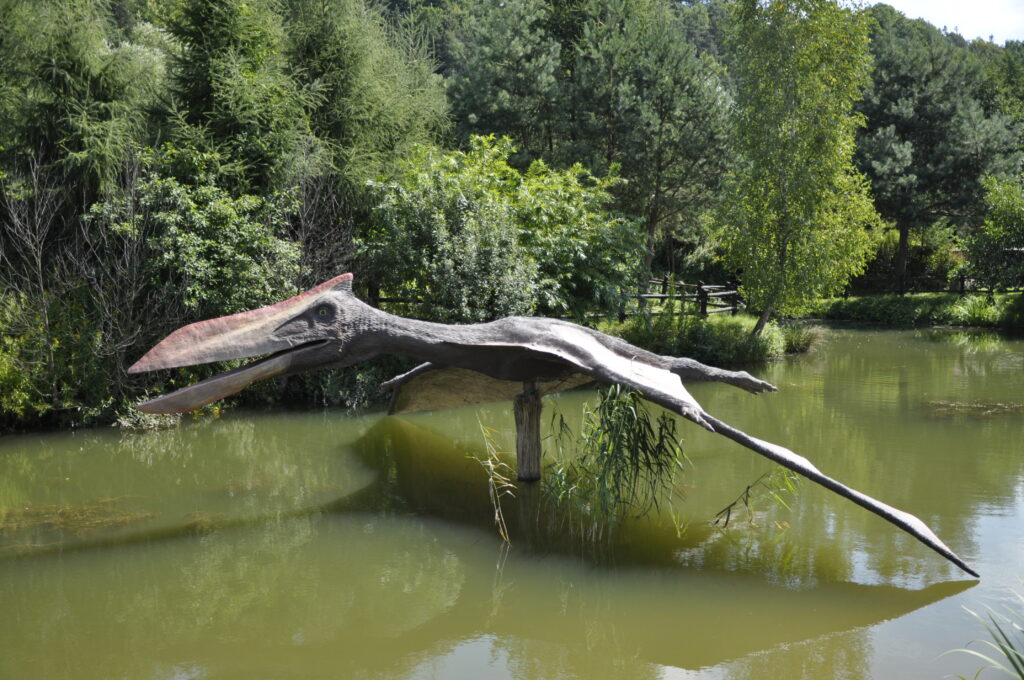
As we reflect on the extraordinary pterosaur that once dominated the late Cretaceous skies, Quetzalcoatlus stands as a testament to evolution’s capacity to produce seemingly impossible creatures. This colossal flyer, with its wingspan exceeding that of small aircraft, challenges our understanding of biological limits while providing valuable insights into the mechanics of flight, prehistoric ecosystems, and evolutionary adaptation. Although it disappeared alongside the dinosaurs 66 million years ago, its scientific importance continues to grow as new research technologies allow us to better understand how such a massive creature conquered the air. In Quetzalcoatlus, we find not just a fascinating prehistoric animal but a biological marvel that continues to inspire scientists, artists, and the public imagination, proving that sometimes, truth is indeed more remarkable than fiction.




